Paddle Board Technique - How to Paddle Board on Your Knees
How to paddle board on your knees is a useful stand up paddle boarding technique that can benefit beginners and experienced SUPers alike. Although knee paddling is a useful step for beginners and one which we cover in this article, it also has its advantages for more experienced paddlers when applied in the right conditions. Therefore, even after you advance from paddle boarding on your knees to standing, it's a useful skill to keep in your paddleboarding 'toolbox'.
Stand up paddle boarding from your knees lowers your center of gravity, increasing your balance. That makes it easier for you to stabilize your board. As a beginner you may need or want that extra stability to get a feel for paddle boarding before you master standing up. Knee paddling is a useful technique even for the more experienced (we'll get into that a bit later), so don't think of it as training wheels.

Get a feel for your board and the conditions on the water by starting off on your knees.
How to get into Knee Paddling Position
What you need to do for knee paddling is quite simple. Once your board is in the water find a good spot a little way back from the center of the board. From a sitting position, bring your legs together. Then push yourself up onto your knees. Once you've found your balance in a comfortable kneeling position you'll be ready to paddle. Make sure you're not too far forward, as that'll decrease the efficiency of your glide. And if you're too far back, it can affect your tracking (your direction line).
Now it's time to check your posture. You can sit back on your heels to rest or kneel upright. Just make sure you do your best to keep you back straight to start your paddle stroke. If you hunch or slouch you'll force your arms to do all the work instead of your core and you'll tire quickly. In kneeling position most of the pull will come from your arms and shoulders but be sure to engage your torso and core as you reach to get more power out of your stroke.

Adjust your paddle to knee paddling height.
How to Grip Your Paddle When Knee Paddling
Adjust your Paddle Length
Now that you're situated comfortably in a kneeling position it's time to focus on your paddle stroke. If you're planning to stay on your knees for more than just a few strokes (before you get into standing position), you won't need or want your paddle to be full length. If you have an adjustable paddle, it's time to put it to use. For example, if you're using a Thurso Surf paddle, simply unlock the top clip, and slide the T-bar further down into the shaft. Next, grip the top of the T-bar as you normally would. Then place your other hand a comfortable distance away from the other, but not too close to the blade that it forces you to bend at the waist so that you feel off balance.
On your knees, expect to have a shorter, less powerful stroke than you would standing up. You'll get a feel for it quickly once you start paddling. The goal is to find a balance between the push of your top hand and pull of your bottom hand. Paddle boarders come in all shapes and sizes, so the exact positioning will be different for each paddler.
Position your Hands for the Best Leverage
To get a feel for where your best leverage is, try positioning your hands at the extreme ends of the paddle. Try to paddle with your hands incredibly close together near the top. Then try again with them too far apart. You should be able to feel the differences between the two extremes. Look for a comfortable middle point that helps you paddle efficiently while keeping your top hand on the top part of the grip. When paddling, always listen to your body. If your shoulders are straining try to engage your core and back more with each pull. If your arms are aching, make sure you're using your shoulders. It takes practice to perfect this balance, but that physical awareness can help you in every aspect of your paddling and even transfer to other sports.

Adjust the paddle to your knee paddling height and grip it as you normally would.
Once you have established a comfortable grip, bend forward at the waist and dip the blade of the paddle into the water out in front of you, close to the rail (or side) of the board. Then, draw the paddle back toward you through the water and back up and out when it reaches parallel with your body. Then repeat. Nothing too tricky there just a simple paddle once you get your grip right.
TIP: To keep your board straight when paddle boarding on your knees, it's especially important to remember to stack your hands. This means your top hand should be directly above your bottom hand when your paddle enters the water. When they line up vertically, you can say they're 'stacked'. When your hands are stacked, that means your paddle is vertical, which translates to a straight board. After a few strokes on one side you can then swap your hands over to take a couple on the other. This will further help you maintain a straight line.

Starting from your knees is more stable so it can be a great way to get a feel for paddling as a beginner.
When is the Best Time to Paddle from your Knees?
We mentioned that knee paddling isn't only a beginner's technique earlier in this post. While it's a great way to get comfortable on your board before you're ready standing up, it can also come in handy in a few other situations as well.
Unexpected Changes in Conditions or Big Waves
Even more experienced paddlers can sometimes find themselves in difficult waters. Unexpected winds, waves, and chop can make standing quite difficult. Or maybe you just need a little extra stability to make it through the break before standing up. If that's the case drop down from a standing position. In a kneeling position, with a lower center of gravity, you'll be good to go.
Shallow Waters
Sometimes, you might find yourself paddling over shallows or a hazard you don't want to fall off onto. This is especially common when paddling unfamiliar rivers. As always, try your best to avoid dangerous situations. If you do find yourself in one, remember knee paddling. Take advantage of the increased stability you have on your knees to navigate the hazard and paddle into deep and safer waters.
High Winds
Relentless winds can make progress challenging. The taller you stand on your board, the more your body acts as a sail. Taking a kneeling position can help you reduce your profile so you can paddle through the wind or keep you from drifting when you need to take a rest.

Heading out beyond the surf or through rougher waters by knee paddling.
SUP Surfing and Knee Paddling
Some paddlers find SUP surfing is made easier by knee paddling to catch the wave. Then they pop up to their feet once they get on the wave. The idea is that the added stability at the beginning allows you to paddle hard and focus on your stroke. This in turn, allows you to catch the wave where you can then stand up and start surfing. However, some argue that having to stand up from your knees actually makes it more difficult. There's only one option here… try it yourself and see what you think. Staying on your knees all the way through can be a useful starting point for beginners learning to surf. Even if it's simply to get the feel of catching a wave.
Final Thoughts
As you can see knee paddling is more than a step in the learning process of stand up paddle boarding. It's a valuable paddle boarding technique and a skill that can help you in a variety of situations. Experiment with knee paddling in different situations and have fun out there. Always remember that mastering the basics will only help you become a more efficient and effective paddler regardless of your skillset.


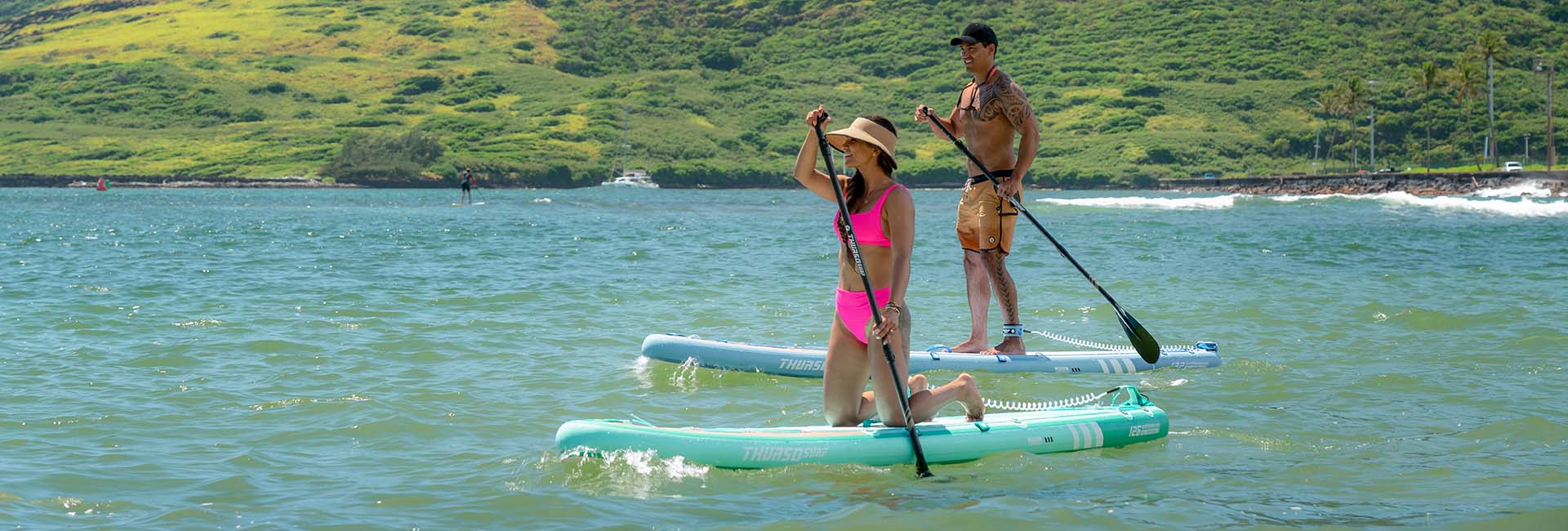
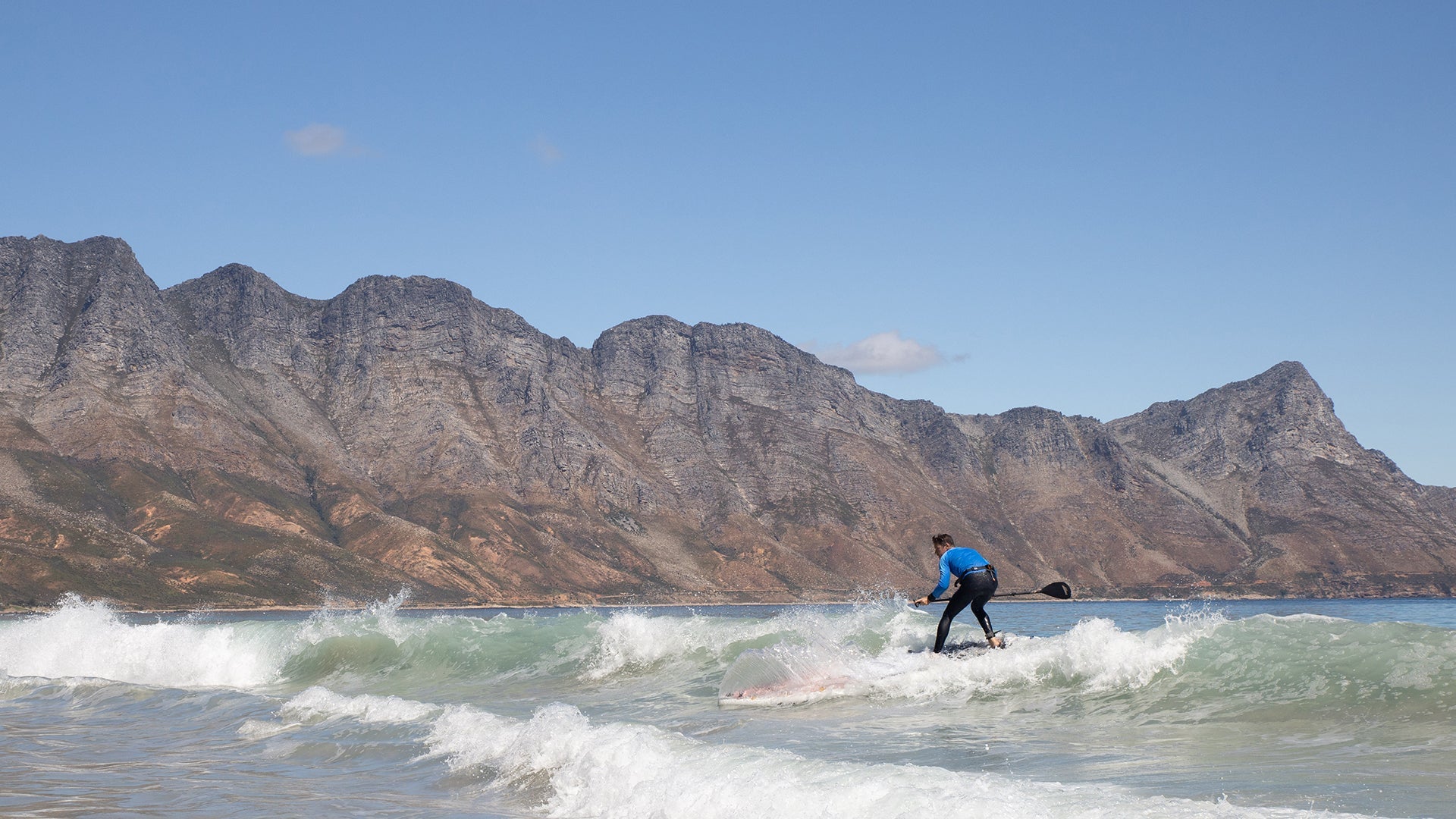
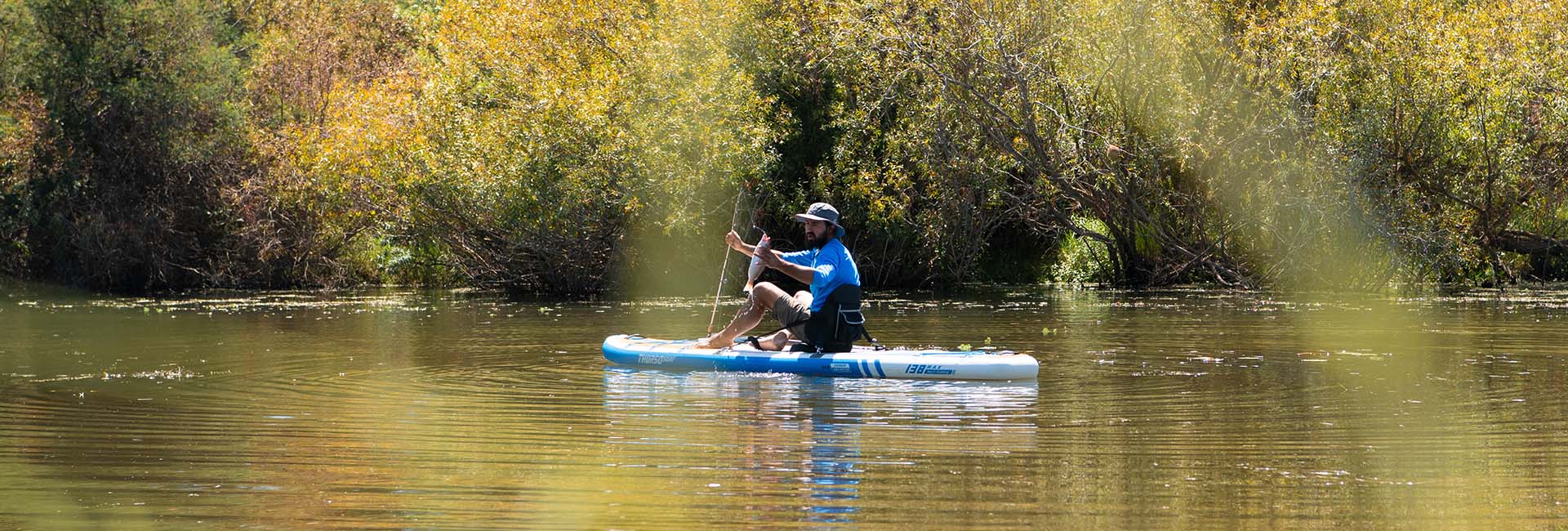
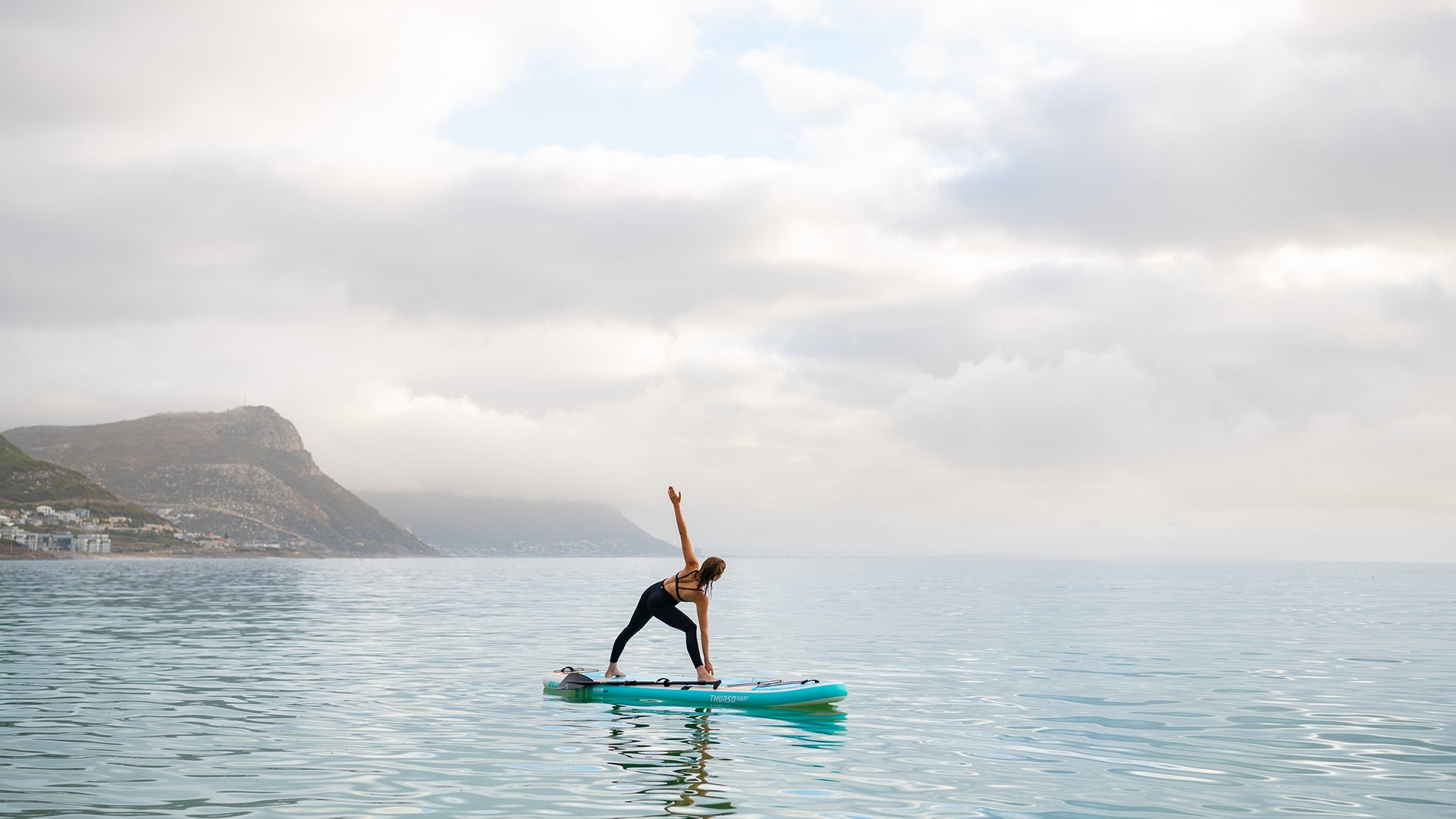
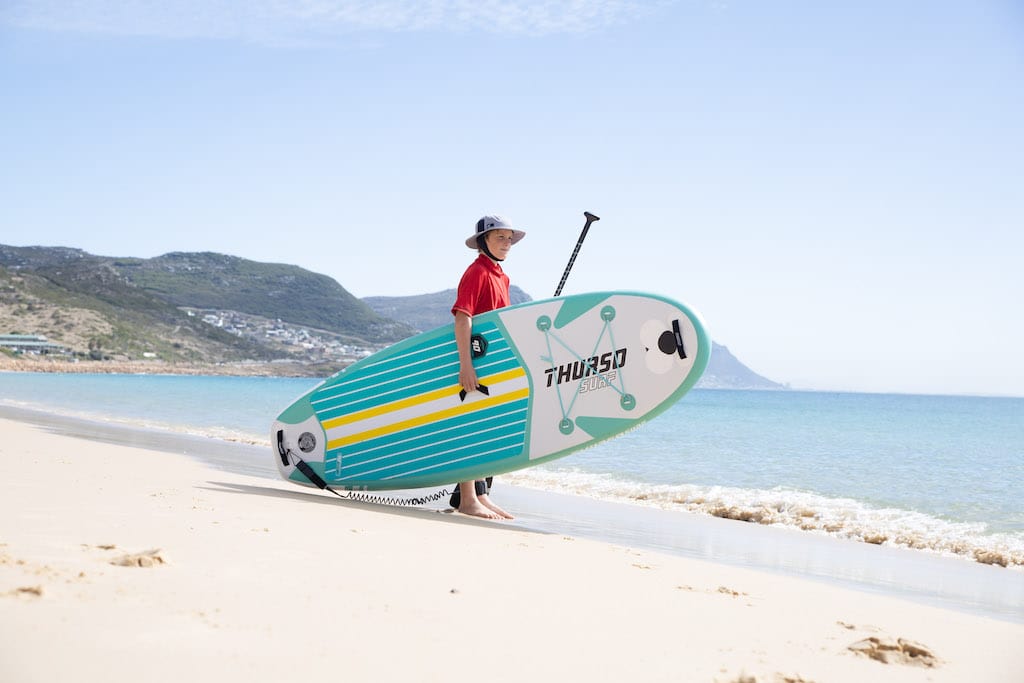
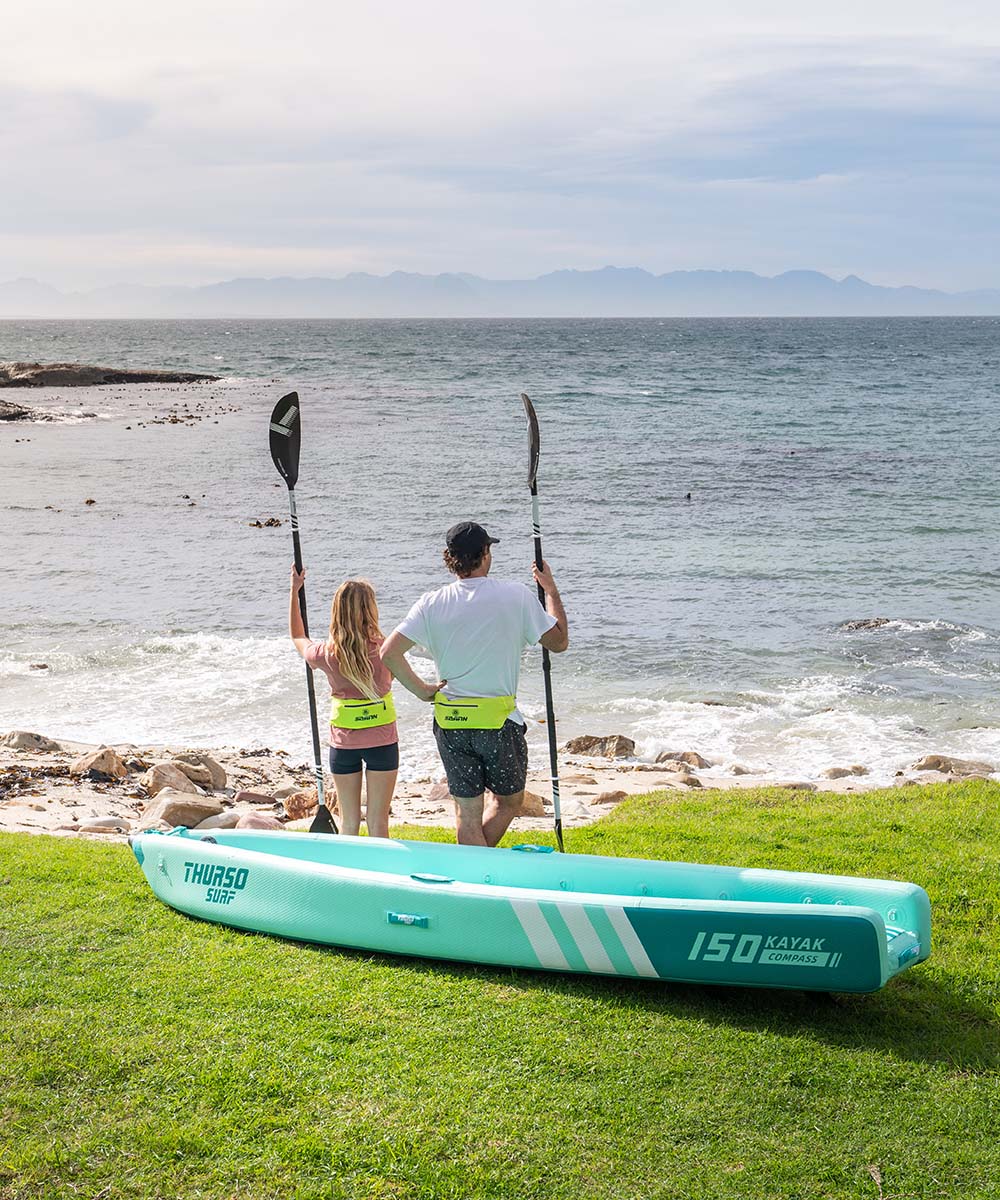
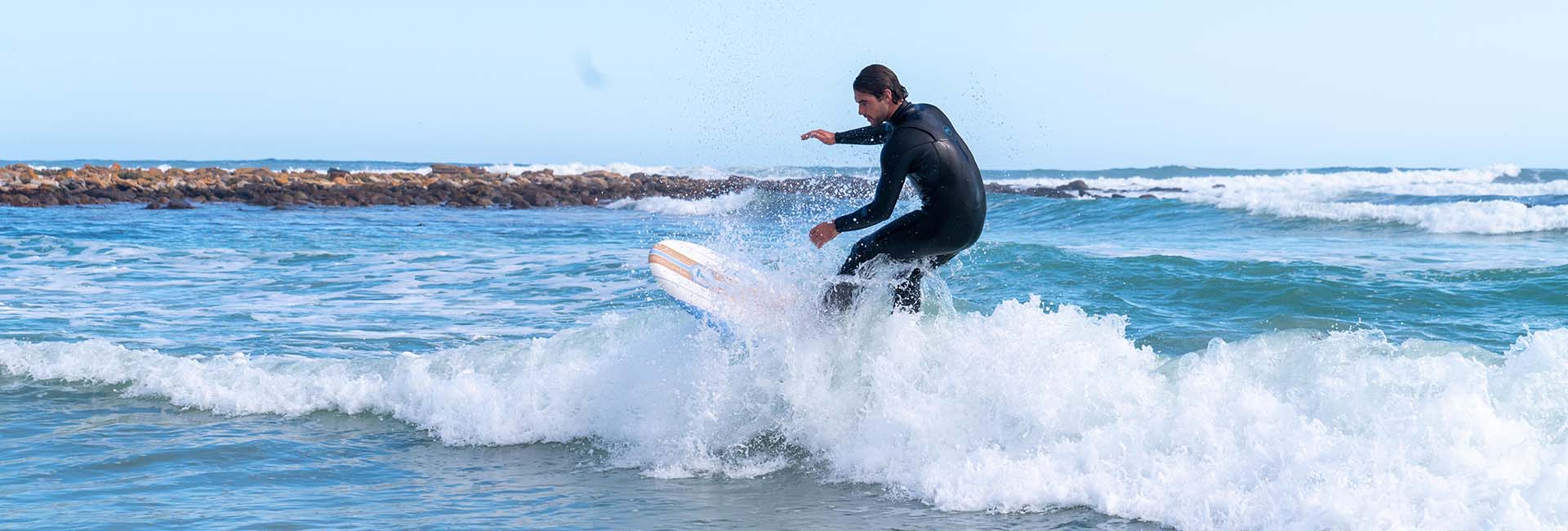
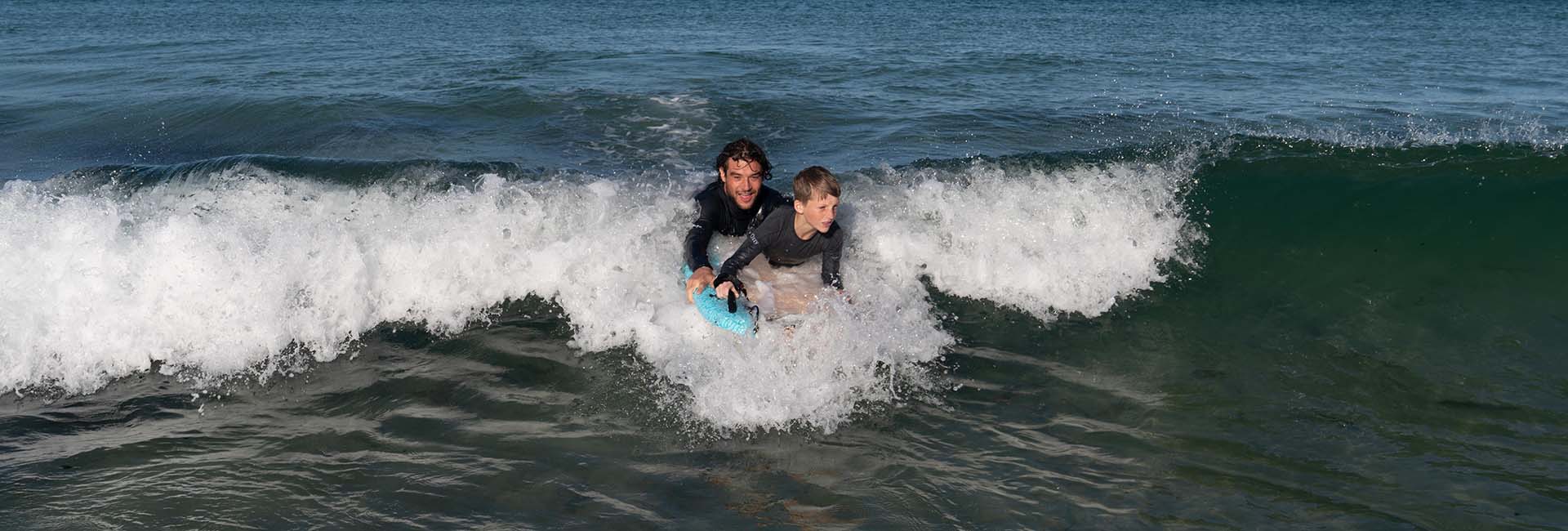
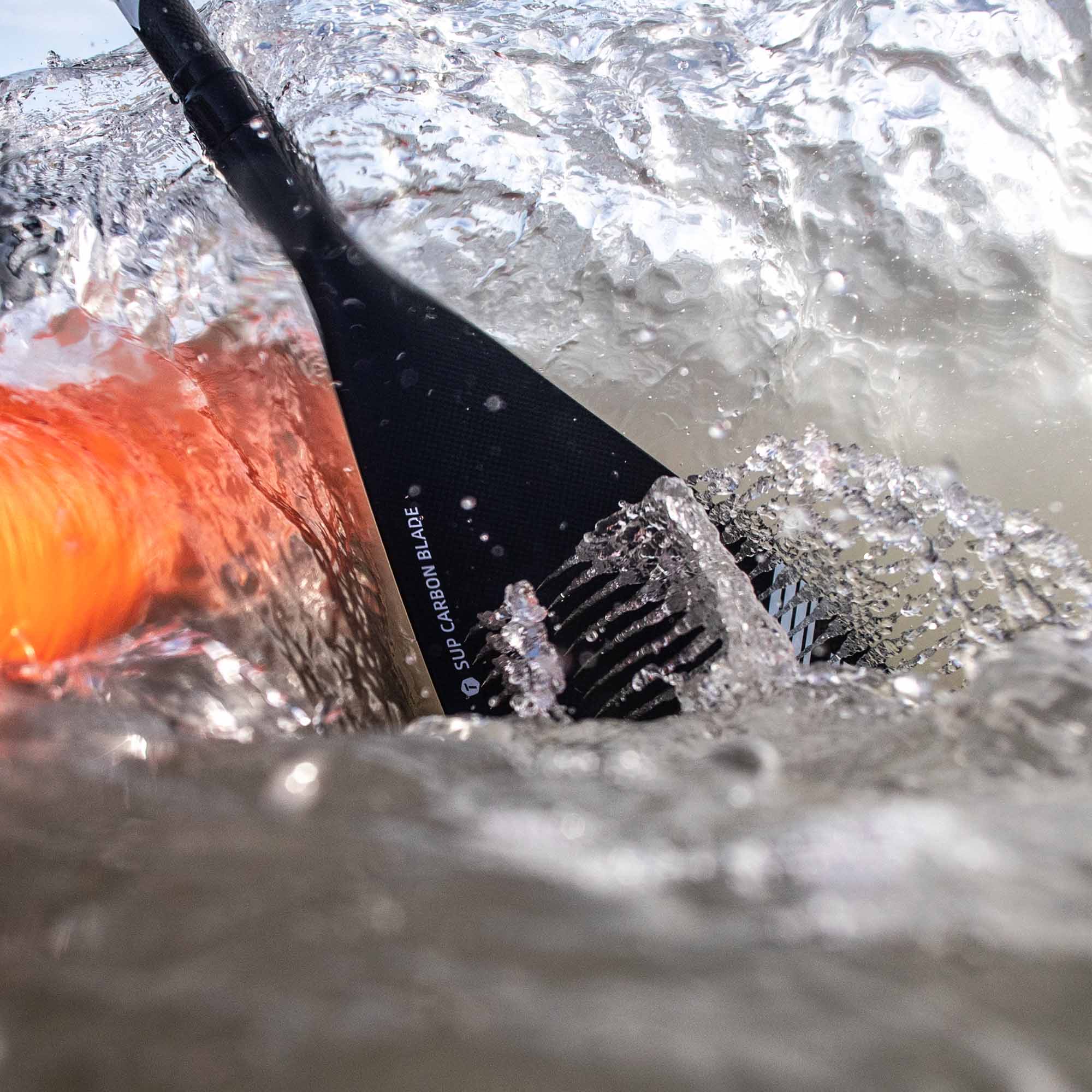
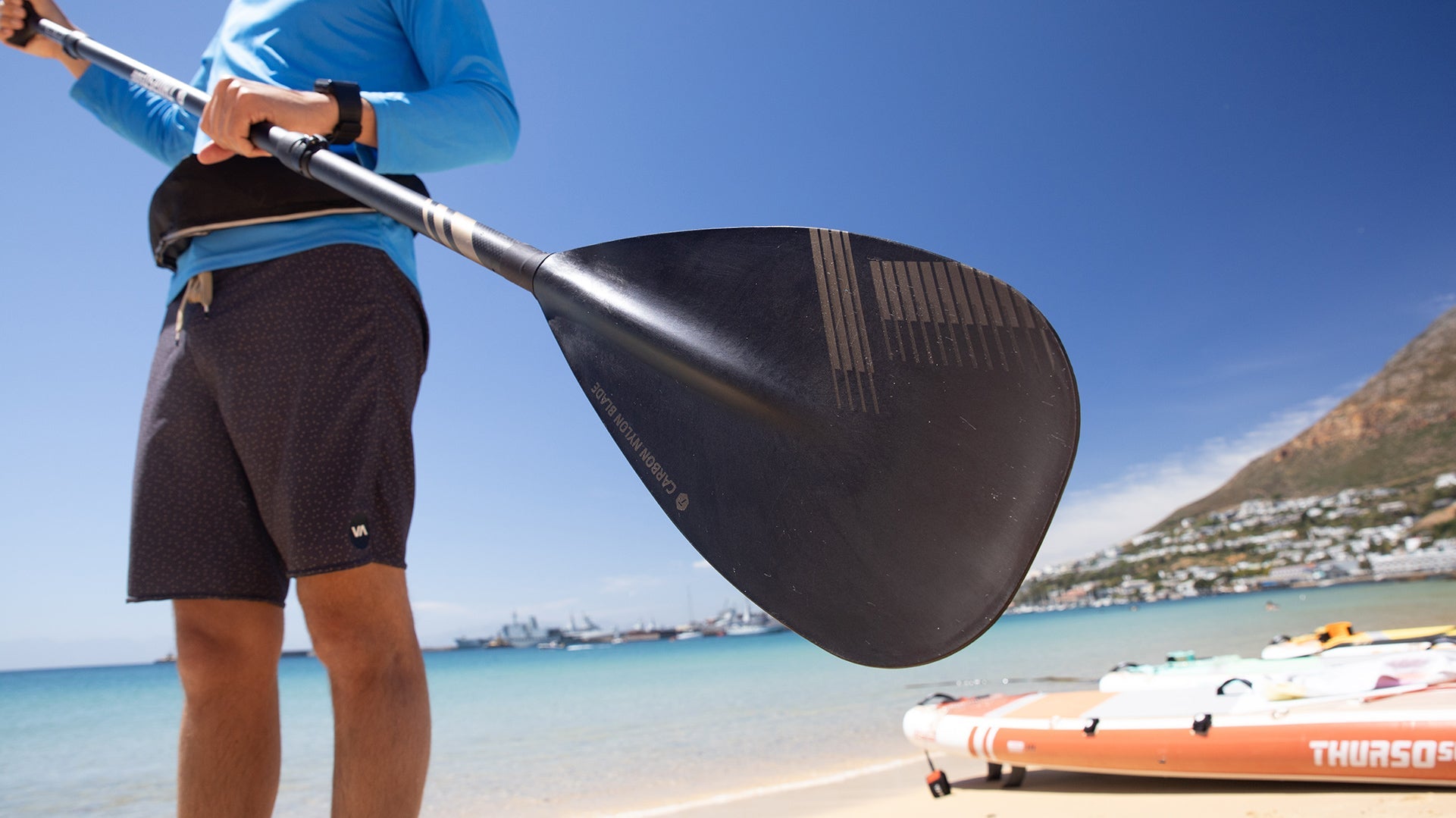
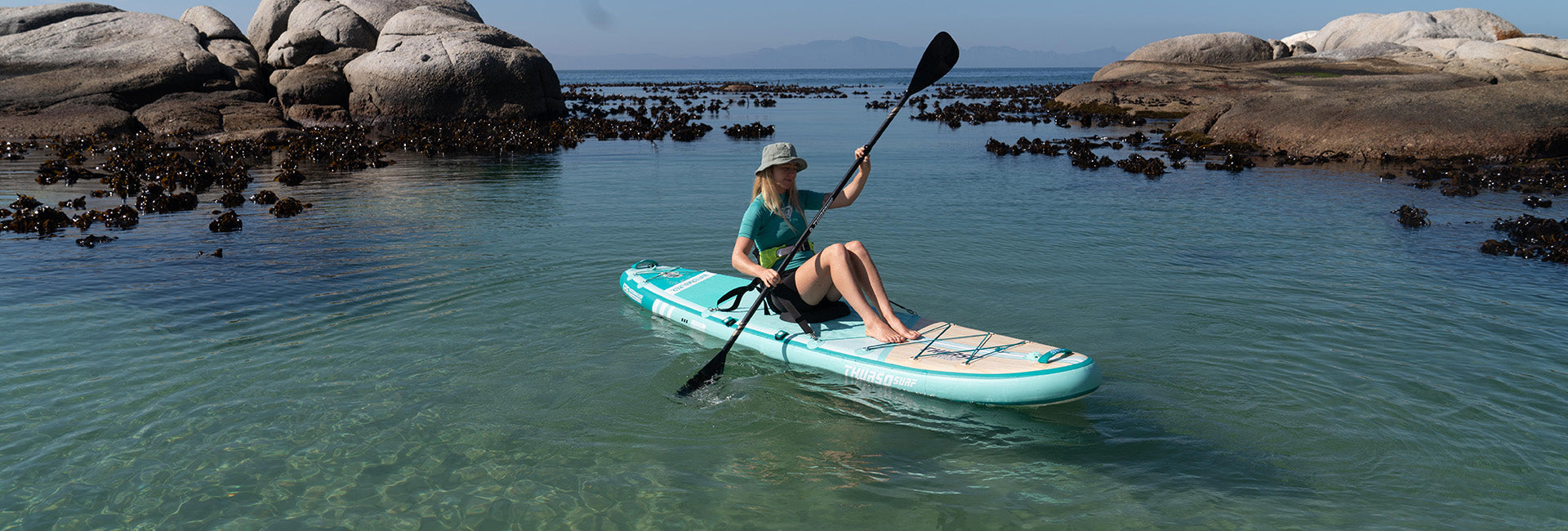

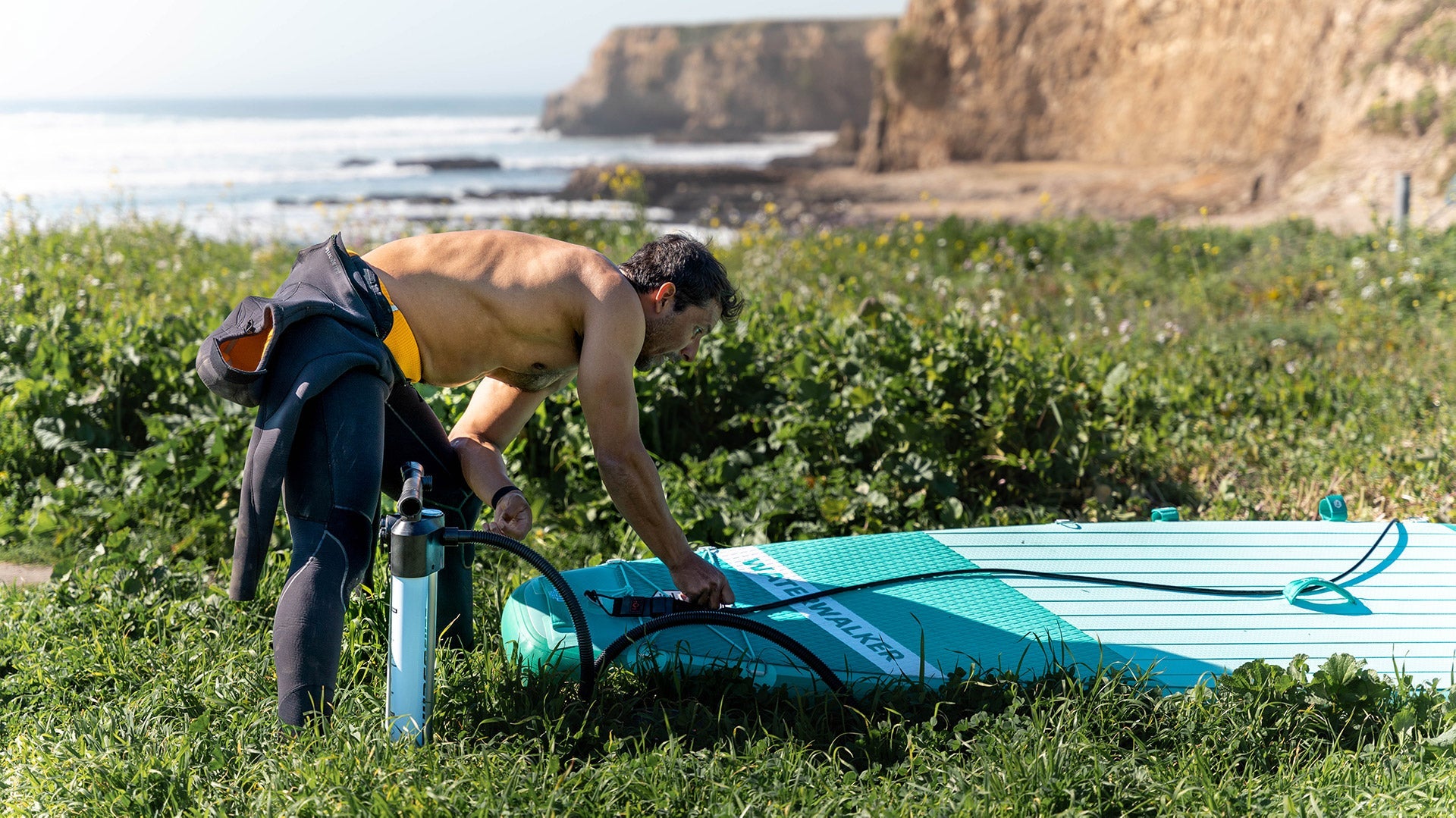
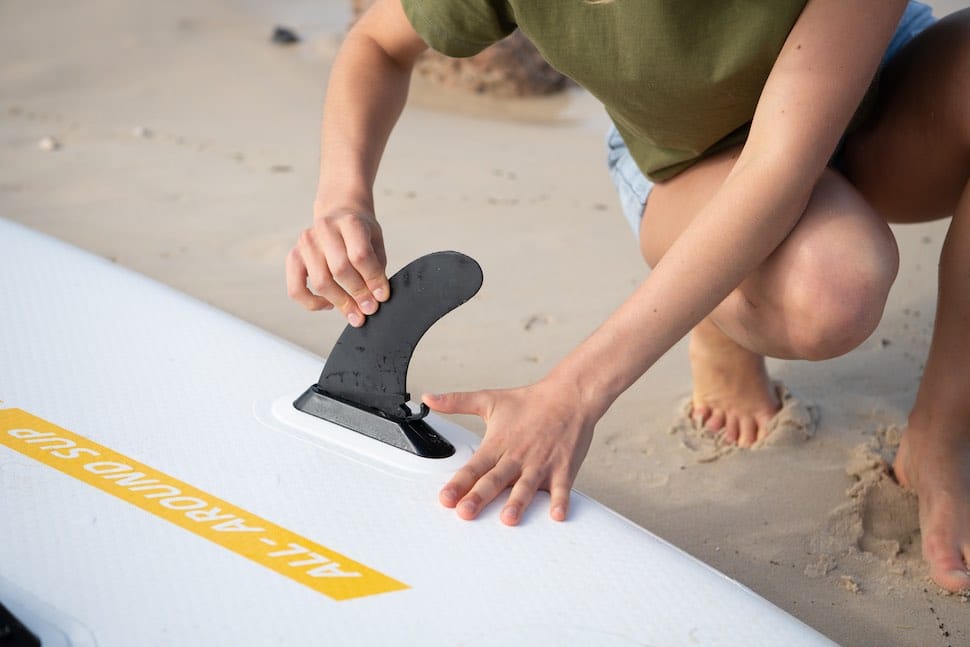
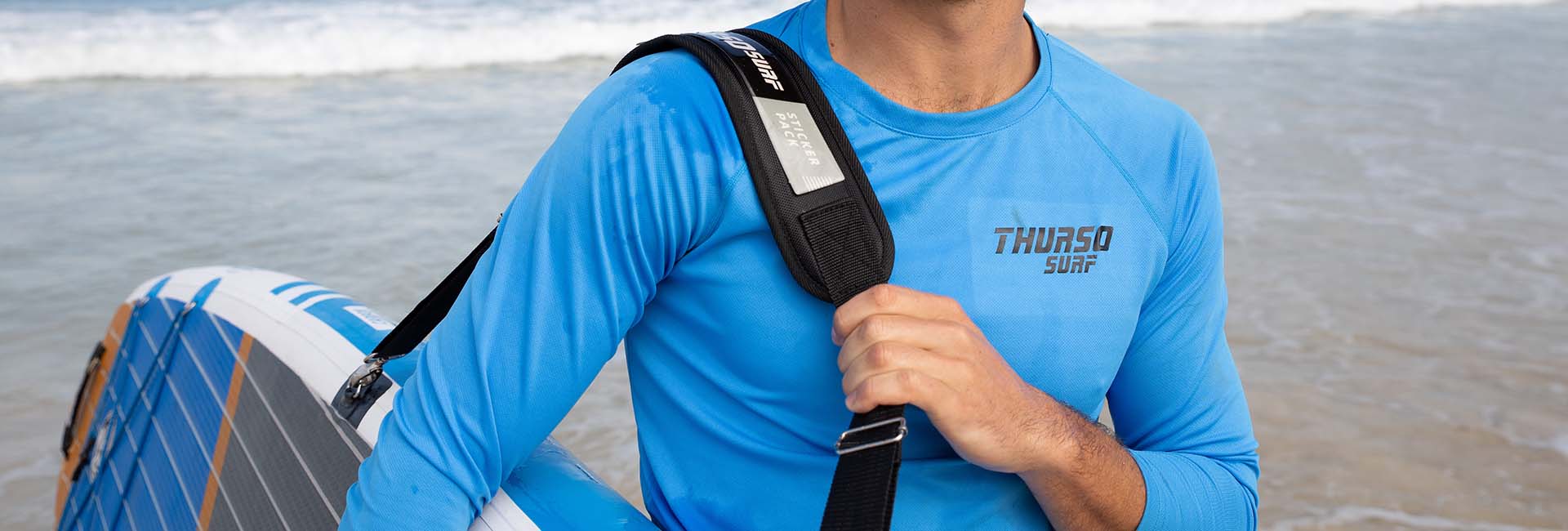



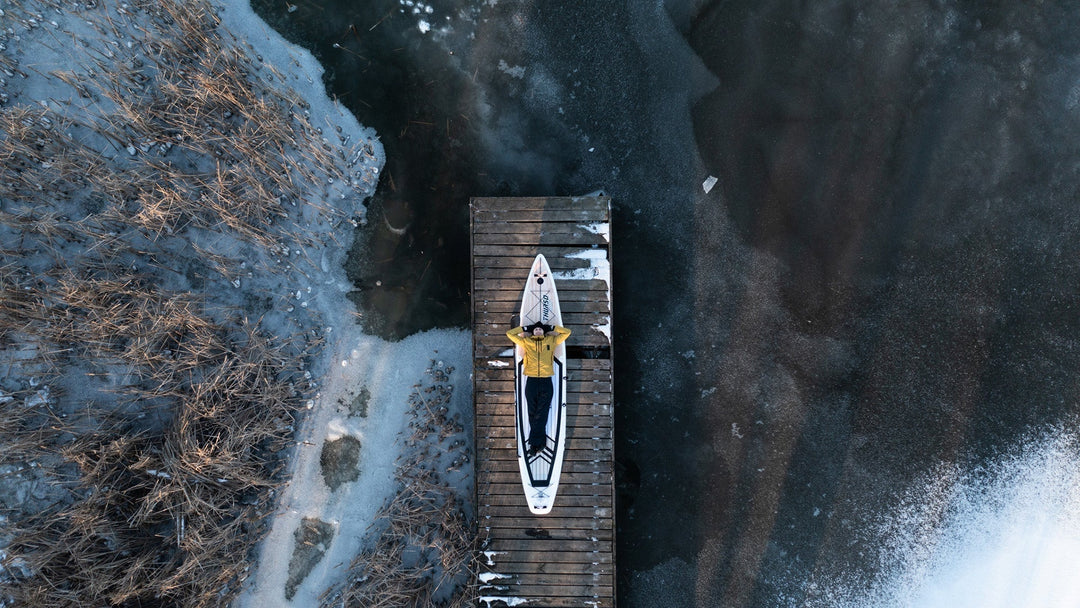
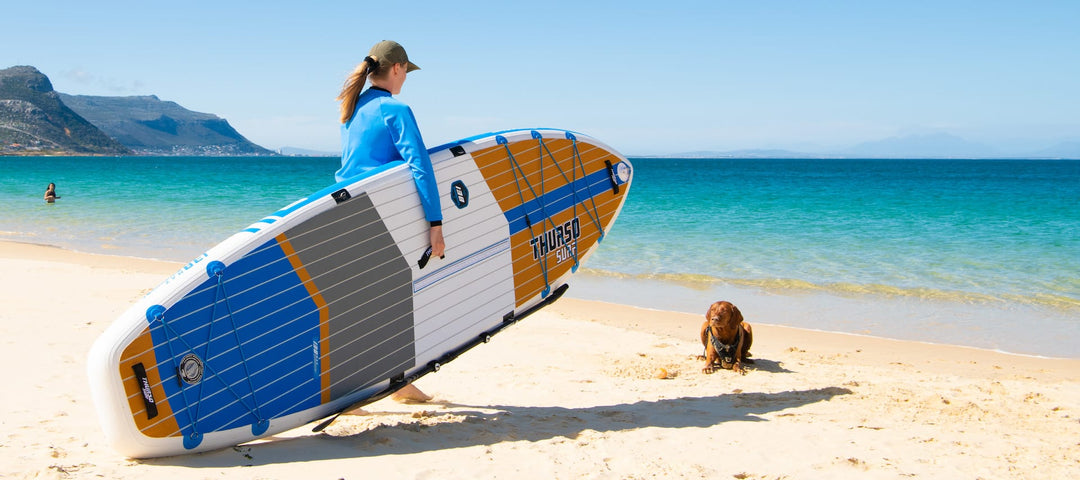
Leave a comment